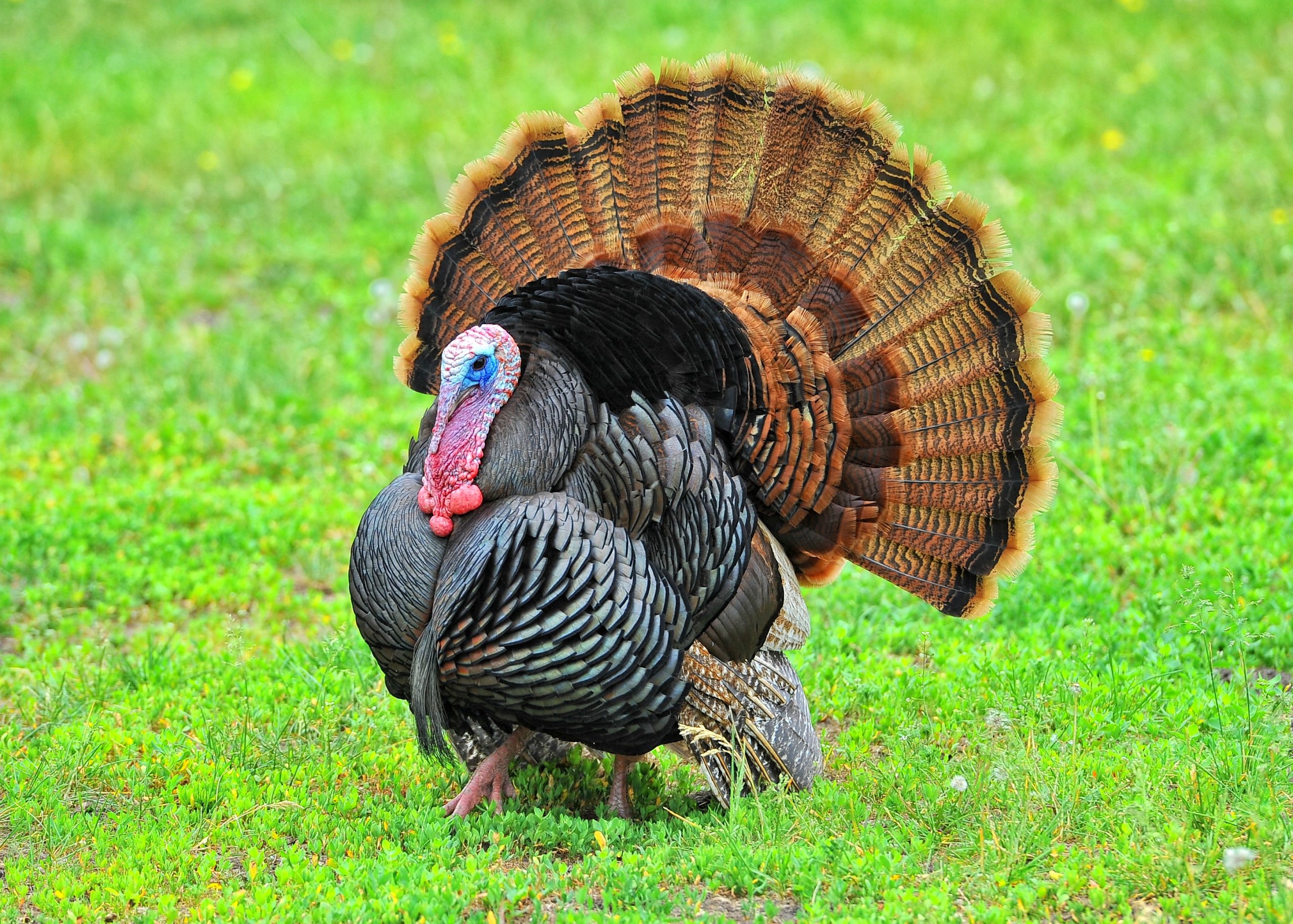With its stunning natural landscapes ancient ruins and fascinating culture, Turkey offers endless opportunities for amazing photographs. In this article, we’ll explore some of the best places to take pictures in Turkey along with tips for capturing incredible photos during your travels.
Dramatic Landscapes
Turkey’s diverse geography provides a dramatic backdrop for photography. From the otherworldly “fairy chimney” rock formations of Cappadocia to the turquoise pools of Pamukkale Turkey’s natural wonders create eye-catching scenes.
-
The unique geology of Cappadocia, formed by volcanic eruptions, makes it perhaps Turkey’s most photogenic landscape. Hundreds of hot air balloons floating over the rock formations make for unforgettable images.
-
Pamukkale’s cascading white travertine terraces and blue mineral pools contrast beautifully. Perched on a cliff overlooking the terraces, the ancient city Hierapolis also adds an interesting element.
-
The peaks of the Taurus Mountains provide stunning vistas. Lake Bafa’s greenery set against the mountains is particularly picturesque.
Coastal Vistas
With coastlines along the Aegean, Mediterranean, and Black Seas, Turkey has no shortage of scenic coastal settings.
-
The turquoise waters and beaches of Ölüdeniz on the Aegean coast are surround by lush forested mountains, perfect for landscape shots. The lagoon is also famous for paragliding scenes.
-
Sunsets over the Mediterranean at Patara Beach with ancient Lycian ruins in the foreground make for dramatic images.
-
Kekova Island in the Mediterranean has mountainous backdrops dotted with ancient ruins and submerged streets.
Captivating Historical Sites
From Greco-Roman cities to Ottoman mosques, Turkey’s long history has left photogenic archaeological sites across the country.
-
The remains of classical cities like Ephesus and Hierapolis as well as Byzantine underground cities are immersed in striking natural settings.
-
Istanbul’s Hagia Sophia and Blue Mosque create stunning compositions of architectural details juxtaposed against each other.
-
More off-the-beaten-path sites like Ani offer moody shots of abandoned ruins.
Vibrant Urban Life
The lively streets of Turkey’s cities provide endless chances to capture daily life.
-
Istanbul’s Grand Bazaar is full of textures, colors, and people—frame photos to highlight diverging diagonal lines and leading lines.
-
Scenes of fishermen along the Galata Bridge or ferry traffic on the Bosphorus make Istanbul iconic.
-
In cities like Izmir, focus on encapsulating the bustling energy of public squares and markets in photos.
Culturally Rich Details
Keep an eye out for smaller details that reflect Turkey’s living culture and traditions:
-
Intricate Turkish mosaic tiles and metalwork on mosques, homes, and artifacts make for interesting close-up shots.
-
Whirling dervishes in religious ceremonies create visual dynamism and motion.
-
Byzantine mosaics and frescoes at historic churches and monasteries should be photographed to preserve their beauty.
-
Frame shots of artisans like carpet weavers and pottery makers to connect with traditions.
Majestic Mosques
From small countryside mosques to ornate imperial mosques, Turkey is home to stunning Islamic architecture.
-
Interior shots of decorated domes and arches capture their grandeur, like at the Selimiye Mosque.
-
For exterior shots, frame symmetrical minarets and cascading domes against blue skies, like at the Süleymaniye Mosque.
-
Contrasting architectural styles between mosques like the Blue Mosque and Hagia Sophia make compelling composition subjects.
Picturesque Waterfronts
Coastal cities like Izmir, Antalya, and Mersin have scenic harbors and promenades perfect for photography.
-
Capture the play of light on the water and moored boats in harbor scenes.
-
Identify leading lines that draw the viewer into an image, like piers extending into the sea.
-
Look for interesting foregrounds like street lamps, flags, or old Ottoman fortresses set against the sea.
Natural Diversity
Turkey has a surprising diversity of landscapes, from wetlands to mountain pastures, providing nature photography opportunities.
-
Contrasting colors and textures of hot springs and travertines at Pamukkale or Hierapolis make for intriguing abstract images.
-
Cappadocia’s valleys are dotted with “fairy chimneys” and cave dwellings that create unique compositions against the sky.
-
Birds like hoopoes and kingfishers along coastlines provide chances for avian photography.
Cultural Festivals
From spirited village weddings to boisterous street festivals, Turkey’s cultural celebrations offer captivating photo possibilities.
-
The Mevlana Whirling Dervishes Festival in Konya combines dazzling costumes and spinning dances.
-
Color runs riot during Nevruz New Year celebrations in cities like Diyarbakır.
-
Frame fast action shots during oil wrestling matches at the Kirkpinar Festival.
Turks in Portraiture
Capture Turkey’s welcoming people in cultural context through compelling portraits.
-
Candid shots of locals in cultural settings like tea houses tell an intimate story.
-
Portraits of vendors in bazaars and markets interact artfully with their setting.
-
Composition and lighting are key to flattering formal portraits of subjects.
Mastering Composition
Some key compositional tips for taking stunning photos in Turkey include:
-
Using leading lines like piers or roads to draw viewers into an image.
-
Framing a subject within an interesting foreground like an archway.
-
Playing with contrasts and colors to make subjects pop like blue and orange.
-
Focusing on small details or unusual perspectives to produce original images.
Telling Turkey’s Rich Story Through Pictures
With its stunning landscape diversity, architecture spanning millennia, and multi-faceted culture, Turkey provides endless creative photographic possibilities. Pursuing unique angles and perspectives when photographing Turkey’s treasures will help capture the country’s spirit in your own compelling visual story.

Amazing Places to Visit in Turkey – Travel Video
FAQ
What does a real turkey look like?
Why is turkey called turkey?
What is the height of a turkey?
What are the characteristics of a turkey?
